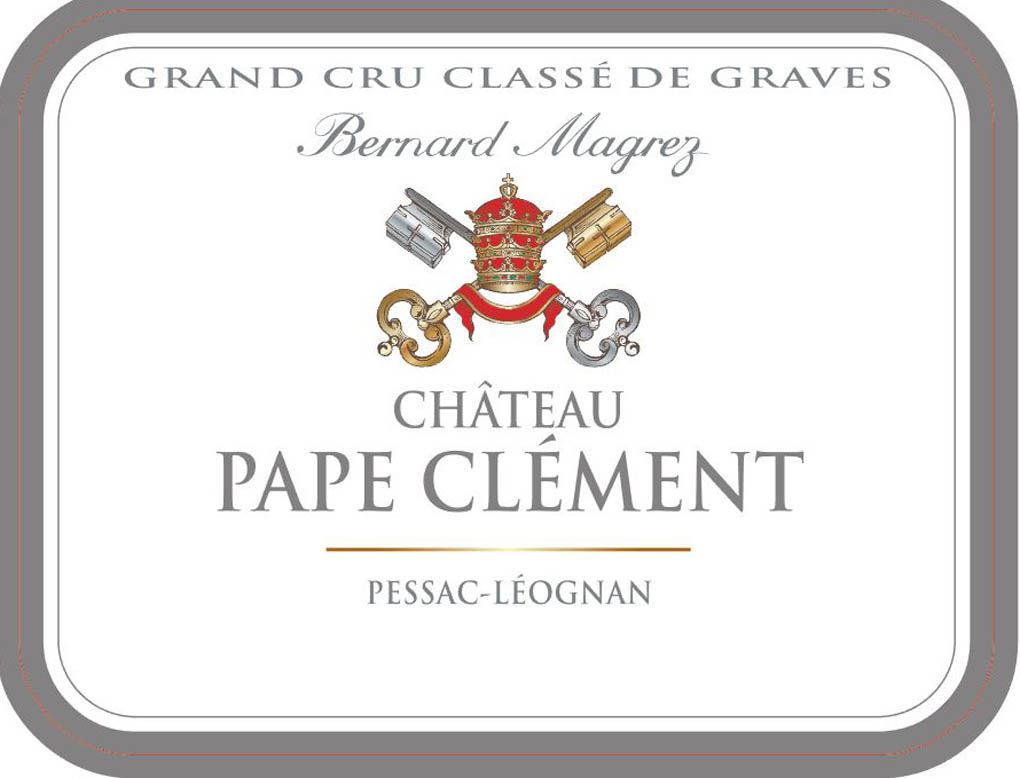
Chateau Pape Clement2014
RED WINE

- Producer Chateau Pape Clement
- Country France
- Region Bordeaux
- Appellation Pessac-Leognan
- UPC 0 15643 47409 5
Reviews
James Suckling 93-94
This shows finesse and class of the vintage with pure blackberry and currant character. Full body, fine tannins and a beautiful finish.
by JS, James Suckling , 2015
Wine Spectator 93
Lavish in profile, this sports a range of warm fruitcake, anise and black tea aromatics followed quickly by a gush of raspberry, plum and boysenberry confiture notes. Velvety, showing ample structure through the finish, pulling the fruit and wood notes together. A rare bird, stylistically, in this generally understated vintage.
by JM, Wine Spectator , 2017
Wine Advocate 94
The 2014 Pape Clement has quite a potent bouquet with lavish red cherry, kirsch, iodine and pastille-like scents, the oak probably needing another couple of years to fully integrate. The palate is medium-bodied with supple tannin, a fine line of acidity, quite refined and focused with appreciable tension towards the finish that comes laden with succulent, tobacco-infused blackberry fruit. This is a sumptuous and yet refined Pape-Clement that demonstrated the most matière or substance out of all the Pessac-Léognan 2014s that I tasted, except for the Haut-Brion. It is certainly a wine destined for a long future.
by NM, Wine Advocate , 2017
Technical Details
Estate
The Chateau Pape Clement is one of the oldest Grands Crus de Bordeaux. The vineyard was established in Thirteenth century by Bertrand de Goth, the youngest of a noble family from the Bordeaux region. The Chateau takes its name from The Archbishop of Bordeaux, Bertrand de Goth who became Pope in 1305 under the name of Clement V. Then the vineyard belonged to the Archbishop of Bordeaux until the French Revolution. This area boasts of producing wine on the same land for 7 centuries.Winery Technical Data
Location: Pessac.Area: 57 hectares.
Grape varieties: 46% Cabernet Sauvignon, 49% Merlot, 3% Cabernet Franc, 2% Petit Verdot
Density: 7700 vines per hectare.
Soil: clayey layer of the Pyrenees from the end of Pliocene and Quaternary eras. Viticulture: Bordeaux method, integrated culture. Stripping and thinning in several passages. Grassing controlled and in part, to plow horse.
Yield: 35 hl/ha